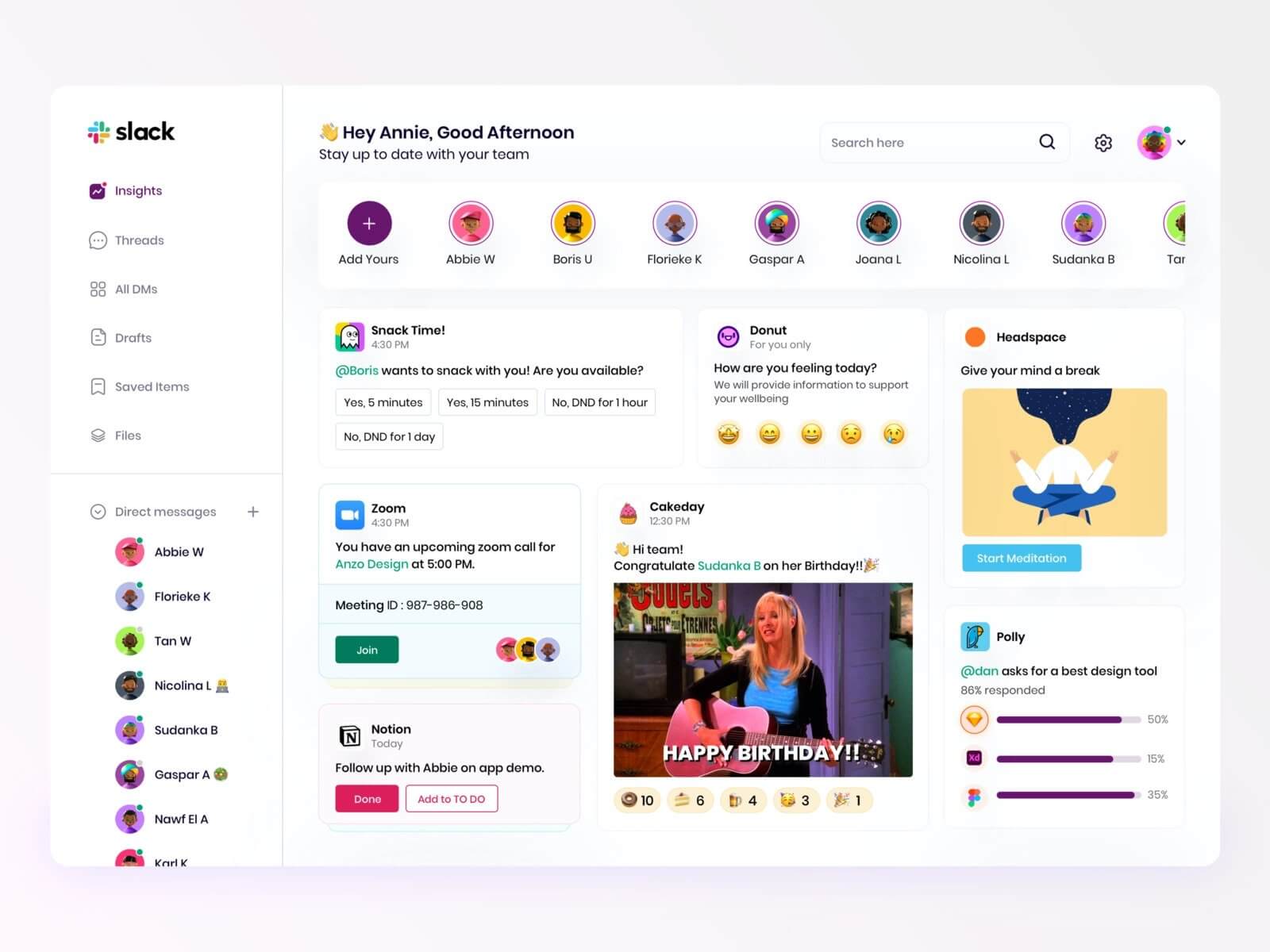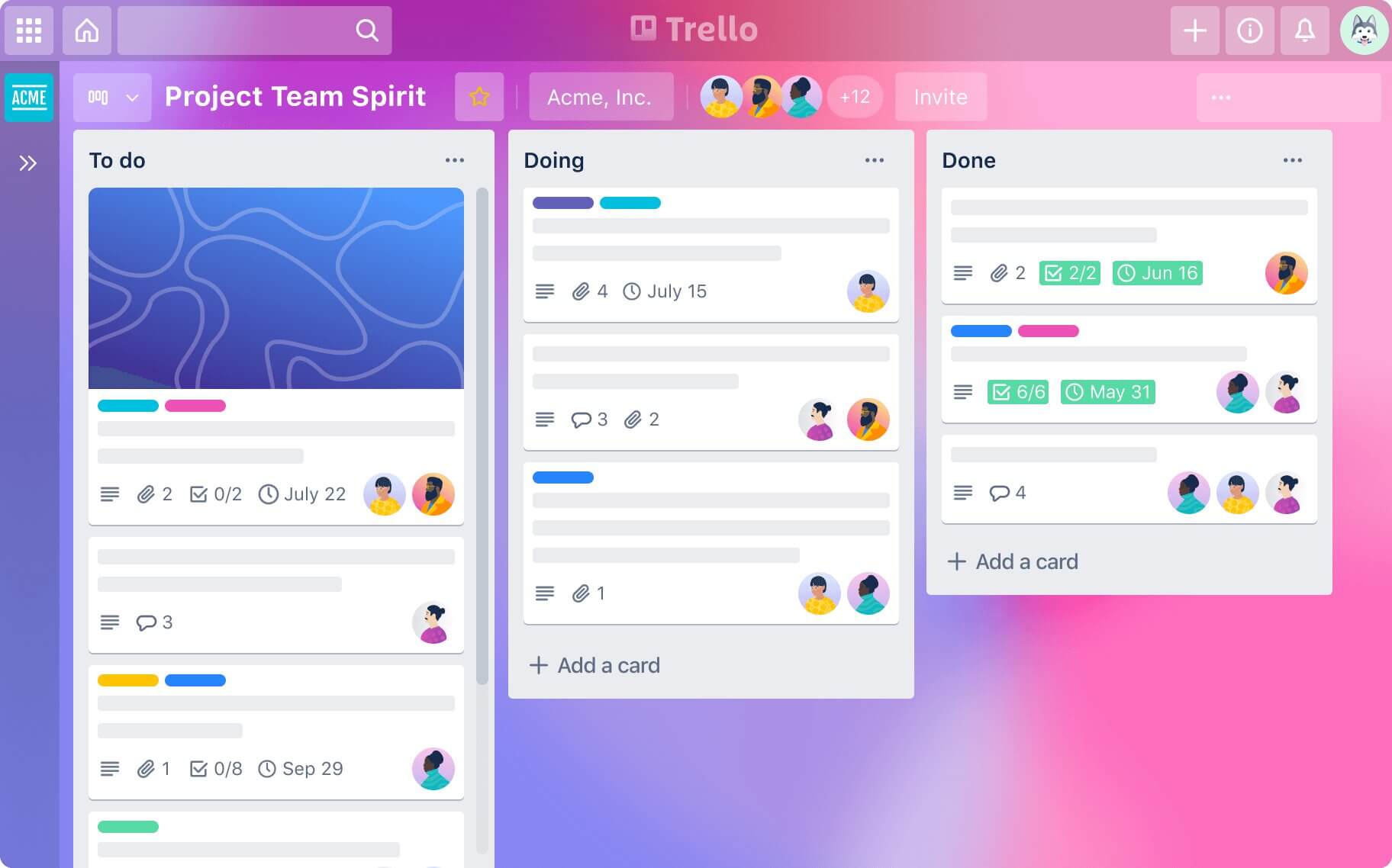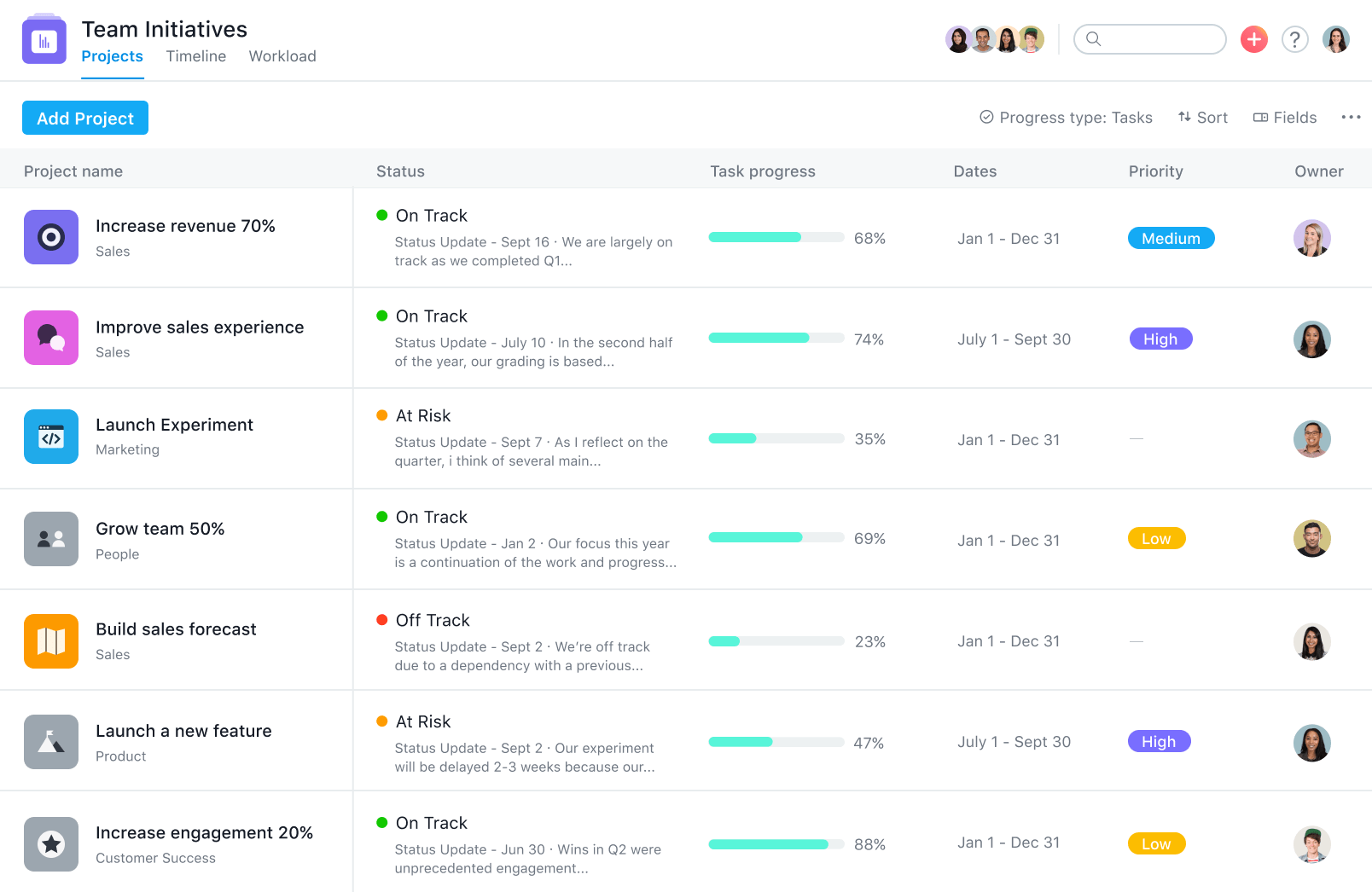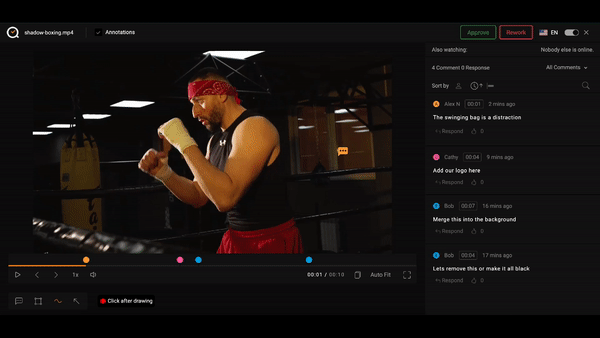Effective collaboration is the lifeblood of modern businesses. Organisations are turning to team collaboration tools to streamline workflows, improve productivity, and enhance communication among team members. Collaboration in the workplace is the cornerstone of success. It involves individuals or teams coming together, pooling their expertise, and working towards shared goals. Effective workplace collaboration fosters creativity, innovation, and a sense of unity among employees.
It breaks down silos, encourages open communication, and maximises productivity. Collaboration results in better problem-solving and decision-making and enhances job satisfaction. Businesses prioritising and nurturing collaboration in today’s interconnected world create an environment where diverse talents converge, ideas flourish, and achievements soar.
Choosing the best collaboration tool for your agency
Collaboration, communication and a lot of reviews. Every creative agency dreads the time to upgrade their collaboration game and choose a new tool for the job. Here’s our round-up of the top 5 and their benefits so you can choose the best tool for the job:
1. Slack

Integrations: With a vast library of third-party integrations, Slack seamlessly connects with your existing tools and apps, enhancing workflow efficiency.
File Sharing: Sharing files, documents, and images is a breeze, with the ability to search for and access them easily.
Cons: Pricing: While Slack offers a free version, its premium plans can be costly for larger teams, potentially impacting budget-conscious organisations.
Learning Curve: Some users may find it challenging to navigate Slack initially, especially when dealing with numerous channels and integrations.
Costs: Slack offers a free version with limited features. Paid plans start at $6.67 per user per month.

Video Conferencing: Teams offers robust video conferencing capabilities, including screen sharing, making it ideal for remote meetings and collaboration.
Security: Microsoft prioritises security, ensuring that sensitive data remains protected within the platform.
Cons: Complexity: Microsoft Teams’ extensive features can overwhelm some users, potentially leading to a steep learning curve.
Resource Intensive: Running Teams can be resource-intensive, requiring substantial bandwidth and storage.
Costs: Microsoft Teams offers a free version, while paid plans start at $5 per monthly user.
3. Trello

Pros: Visual Project Management: Trello’s Kanban-style boards provide a visually intuitive way to manage projects, tasks, and workflows.
Customisable: Users can tailor Trello boards to fit their needs, making them suitable for various industries and project types.
Ease of Use: Trello’s simplicity and user-friendly interface make it accessible to team members of all technical backgrounds.
Cons: Limited Features: Trello may lack the advanced features required by larger organisations or those with complex project management needs.
Cost Scaling: As teams grow, the cost of Trello can increase, potentially becoming less cost-effective for larger organisations.
Costs: Trello offers a free version with basic features. Paid plans start at $10 per user per month.
4. Asana

Pros: Task Management: Asana excels in task management, providing a clear and structured way to assign, track, and prioritise tasks.
Custom Workflows: Users can create custom workflows to match their team’s specific processes, enhancing productivity.
Integrations: Asana offers many integrations, allowing seamless connectivity with other tools and platforms.
Cons: Learning Curve: While powerful, Asana can be complex for newcomers, potentially requiring training and onboarding.
Pricing: The cost of Asana’s premium plans may not be budget-friendly for smaller organisations.
Costs: Asana offers a free version with limited features. Paid plans start at $10.99 per user per month.
5. QuickReviewer: The Game-Changer

QuickReviewer is a game-changing tool for agencies. It simplifies creative collaboration, streamlining feedback and approvals for visual assets, making projects more efficient and client-friendly.
Pros: Effortless Feedback: QuickReviewer simplifies the review and approval process for creatives, designers, and marketers by allowing stakeholders to leave feedback directly on visual assets like images and videos.
Visual Collaboration: The visual collaboration capabilities of QuickReviewer streamline creative projects, reducing the need for back-and-forth emails and meetings.
Version Control: Users can easily manage versions of creative assets, ensuring that the latest iteration is always accessible.
Ease of Use: QuickReviewer’s intuitive interface requires minimal training, making it accessible to team members of all skill levels.
Costs: QuickReviewer offers a free trial. Pricing starts at $10 per user per month, with customised enterprise plans available.
Cons: Focused Use Case: While QuickReviewer excels in creative collaboration, it may not be ideal for broader team collaboration needs like task management.
Final Thoughts
Team collaboration tools are essential for modern businesses looking to enhance productivity and streamline workflows. Each of the five tools mentioned in this guide—Slack, Microsoft Teams, Trello, Asana, and QuickReviewer—offers unique features and advantages. The choice ultimately depends on your organisation’s specific needs, budget, and existing technology stack.
QuickReviewer is a specialised tool that revolutionises creative collaboration by simplifying the visual asset review and approval process. Its user-friendly interface, visual collaboration capabilities, and affordability make it an attractive option for creative teams and marketing departments.
Ultimately, the right team collaboration tool can significantly impact your organisation’s efficiency and success. Carefully assess your requirements, consider the pros and cons, and explore the costs to make an informed choice that empowers your team to collaborate seamlessly and achieve outstanding results.
Some other Posts you might be interested in.
Top 10 Problem-Solving Techniques for Creative Teams
Discover the top 10 problem-solving techniques that can enhance the creativity and efficiency of your team.
Top 10 Problem-Solving Techniques for Creative Teams
Discover the top 10 problem-solving techniques that can enhance the creativity and efficiency of your team.
The Subtle Art of Persuasion: Unveiling the 5 Best Print Ads Ever
Crafting Print Ads That Transcend Time In an era dominated by digital media, the enduring power of print advertising continues to captivate audiences worldwide. Far from fading into obscurity, print ads have evolved, becoming more innovative and compelling than ever...



